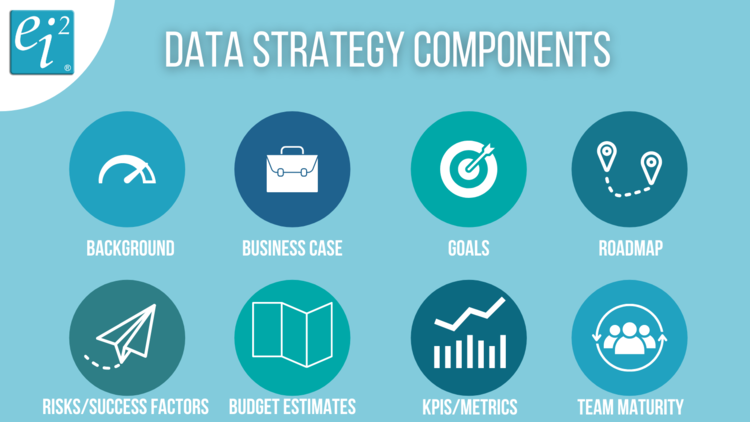Data Strategy: Why is it important to align your business strategy with data strategy?
8th July 2021

In the modern digital landscape, data is one of the most powerful and readily-accessible assets that companies can possess. Everything from how long a certain client views a page for to the type of products most often purchased can be translated as data. But have you ever wondered how some of the largest and most successful companies around the world utilise such data in an effective manner? The answer to that question is simple: it is because they closely align their business strategy with their data strategy. In this blog, we will highlight the importance and benefits of aligning your company’s business and data strategies.
Before discussing its importance, what exactly does aligning your business strategy with your data strategy mean? In simple terms, this process refers to when data is used to effectively influence business strategies in the hopes of ultimately uncovering customer insights and launching new, innovative business opportunities.

The first reason as to why aligning your business strategy with your data strategy is important is because it allows for greater organisational commitment. When everyone within your company is able to understand and identify why the data they collect from clients is important, how it accelerates business, and how each person has a role to play in helping to manage it as an asset, it becomes embedded into organisational culture and operations. Achieving a data-driven and data-literate future for your company requires the coordination and collaboration of every employee across your organisation, and for this vision to be realised, clear roles, responsibilities and communication are key.
Another important reason as to why your business and data strategy should be aligned is to ensure that you are able to effectively foresee and respond to sudden shifts in business priorities or consumer interests. Rather than the data work getting cut or reduced across the board, when the business strategy and the data strategy are aligned, the adjustments to the data work support the change in demand and direction. To demonstrate this, we will now present a real-world case study of a company that failed to align their business and data strategies, as well as the consequences they faced because of it.
Case Study
In 1888, the Eastman Kodak Company, or simply Kodak, was founded by George Eastman and Henry Strong. For the majority of the 20th century, Kodak was the absolute leader in the photography industry, primarily due to their ability to make the photography process easier and more available to the general public. In 1976, Kodak had 85% market share in cameras and 90% market share in film.
Unexpectedly, in 2005, their net income started to decline significantly, and in 2012, the company filed for bankruptcy. Why is this so? You may initially believe this decline to be the result of the rise of digital cameras and Kodak’s failure to take notice. However, you are somewhat mistaken. Kodak did in fact take notice of the new product; in fact, in 1978, they received a patent for the digital camera, produced and sold them in large amounts, and were even recognised as the leader in this field. So what was the issue? Kodak simply did not focus on producing and selling digital cameras enough. The company underestimated just how large the digital world would grow, and for this reason, failed to remain relevant.
Ultimately, Kodak failed to make the link between their data and business strategies. In other words, the company was unable to effectively detect and respond to the shift in consumer interests towards digital products by utilising their own customer data.
It is helpful to think of your data strategy as the foundation of your organisation. If the foundation is compromised in some way, everything constructed on top of it will likewise compromise. As shown in the case study above, one of the results of not aligning your business and data strategies is the inability to detect and respond to the shifts in consumer interests. Some other consequences include:
- Misguided decision-making across all business units;
- Ineffective marketing efforts;
- Poor customer retention;
- Missed revenue goals;
- Unnecessary expenses.

As for how your company should go about trying to align business and data strategies, it is important to keep in mind that data’s purpose within a company should be to support and ultimately drive business goals forward. This can only be achieved by developing a sound strategy for collecting, organising, and leveraging data that supports the goals of the company rather than the individual goals of each team. That being said, quality data does not arrive to you with its unique insights provided, conveniently aligned to support your company’s business goals, and organised in a way to allow you to foresee consumer trends.
To conclude, data simply has the potential to help answer questions, resolve uncertainties, and serve as the basis to drive business strategies and goals forward. It is your responsibility in the end, however, to develop a data strategy that aligns with and complements the overarching goals of the company.








































